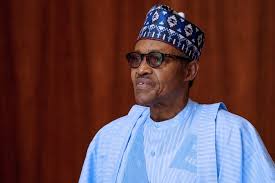Nigeria’s debt service to income ratio is reported as 80.7% according to the information contained in the presentation of the 2023 Budget made by the Minister of Finance.
The report reveals a total debt service of N5.2 trillion in the first 11 months of 2022 from a total income of N6.49 trillion.
The debt service to revenue ratio analyzes the ability of a country’s revenues to meet its debt service obligations. The ratio has been on the rise in recent years, as Nigeria faced declining government revenue while government spending increased.
Income challenges: Between 2016 and 2022, the Nigerian government missed its revenue targets due to falling oil prices and rampant oil theft that decimated federal resources.
- For example, in 2021, the government targeted revenue of N8.1 trillion, but was only able to generate N6.1 trillion, leaving a revenue shortfall of N2 trillion. However, its total debt service incurred for that year was N4.2 trillion.
- In the first 11 months of 2022, it only generated N6.4 trillion in revenue compared to the prorated target of N7.4 trillion. However, the government has also incurred around N5 trillion in non-debt spending.
growing debt: Nairametrics reported that Nigeria’s total public debt is estimated to be around N67.6 trillion as of September 2022, which is only 35.2% of GDP.
- But while the government continues to cite the debt-to-GDP ratio as low compared to other emerging markets.
- However, the debt service to income ratio has consistently fallen short of what are acceptable standards.
- To lower the debt service to revenue ratio, the government will need to increase revenue, especially through taxes.
- Tax revenue collected in 2021 was N1.79 trillion, exceeding the budgeted N1.48 trillion. It is also expected to exceed the 2022 budget.







